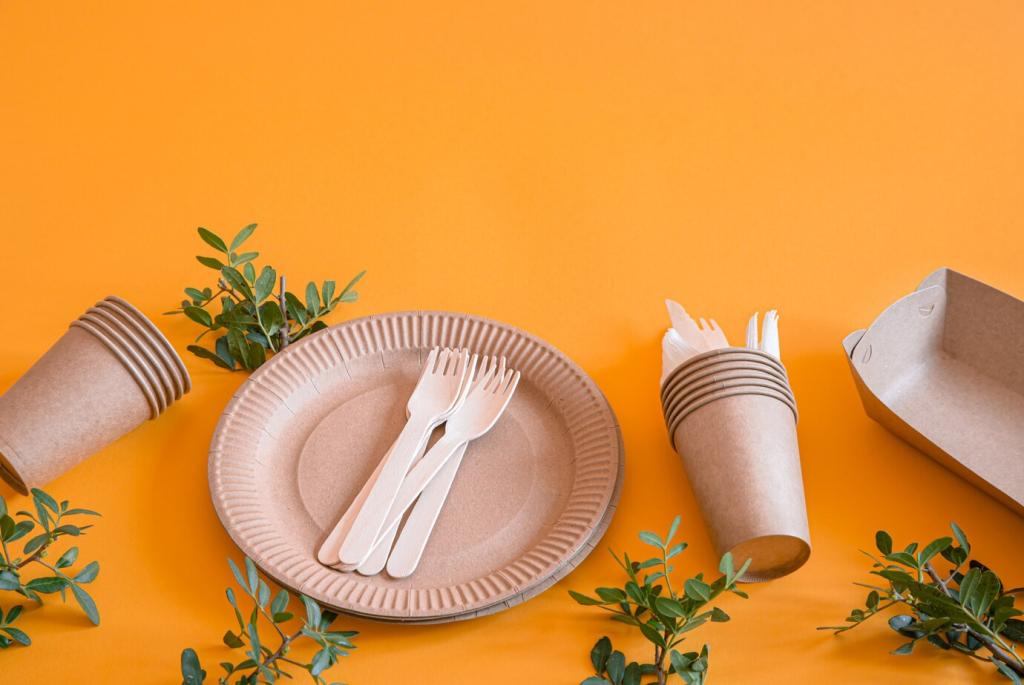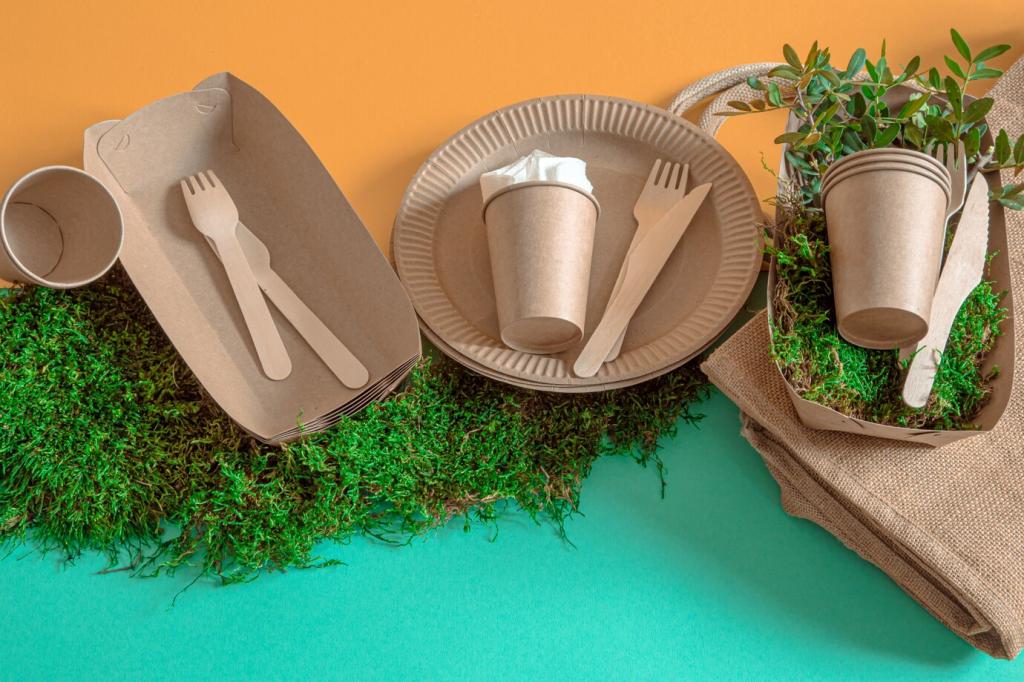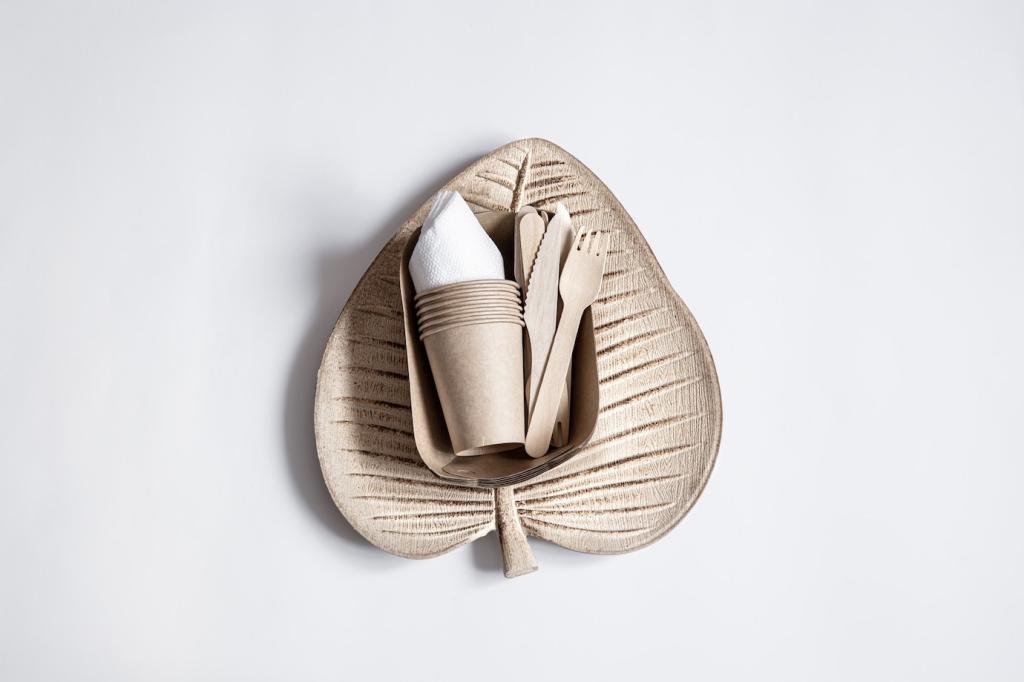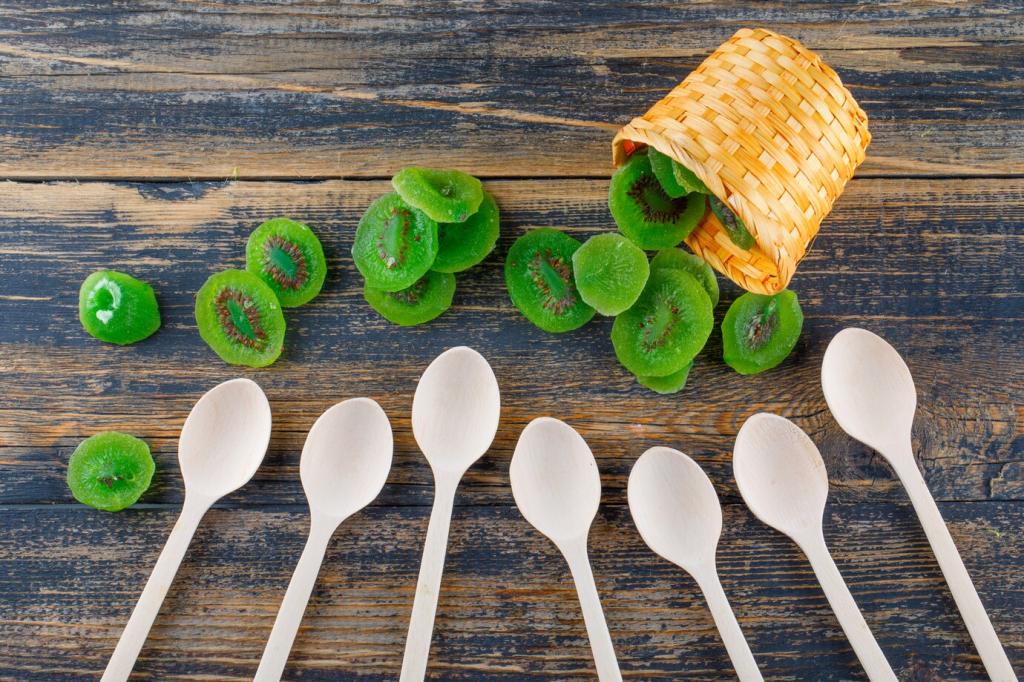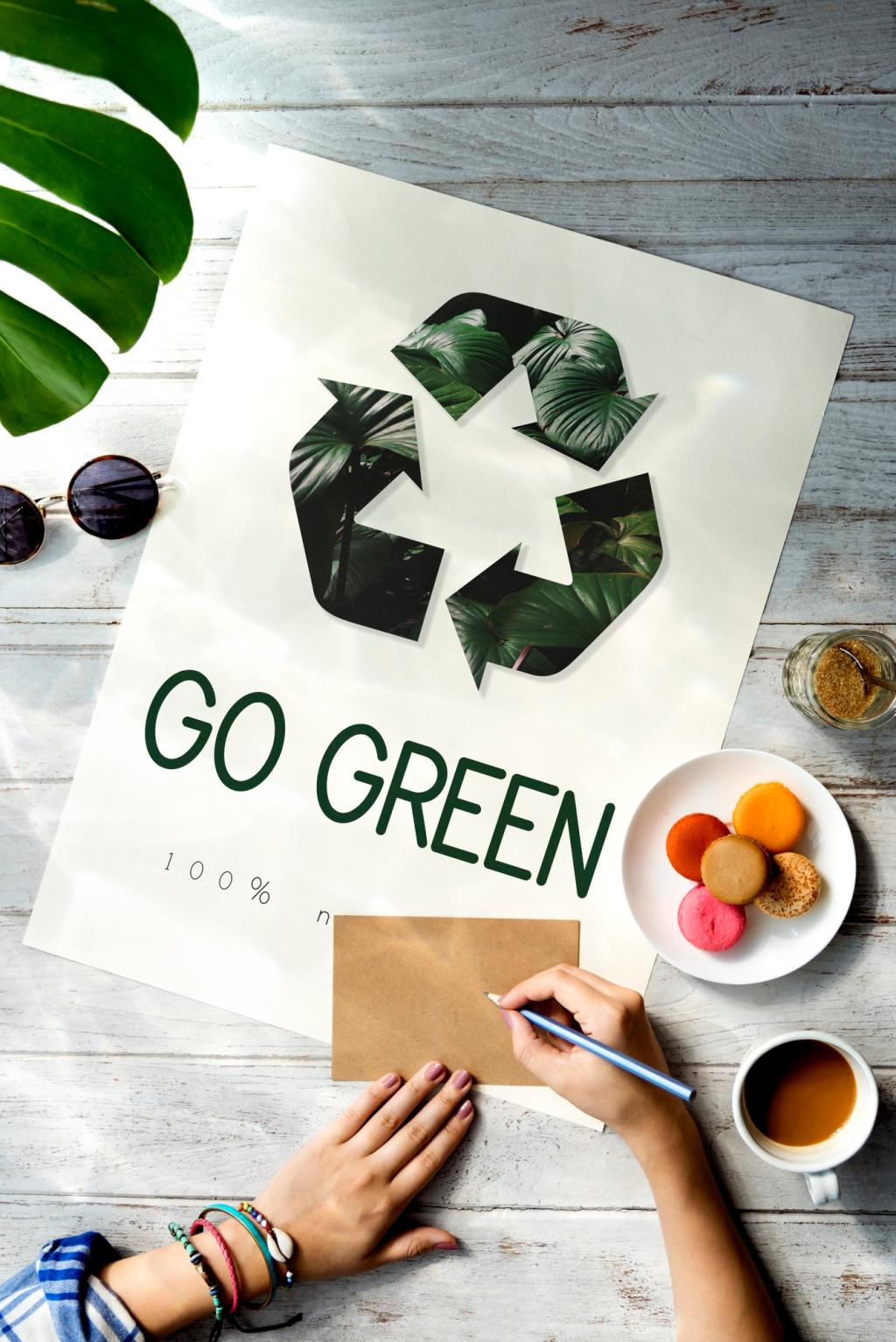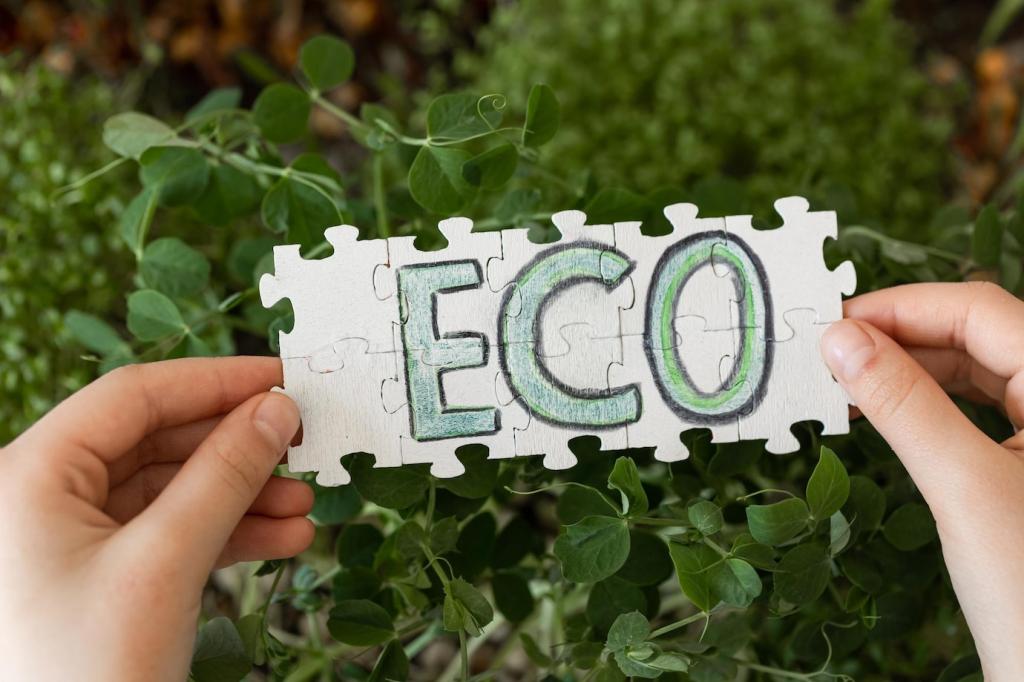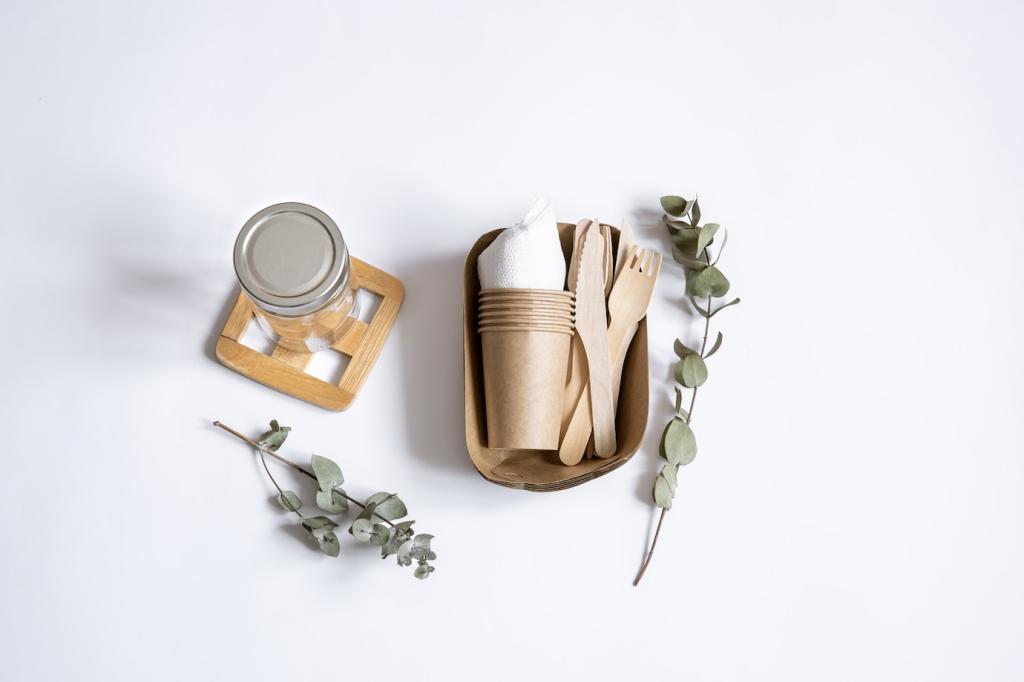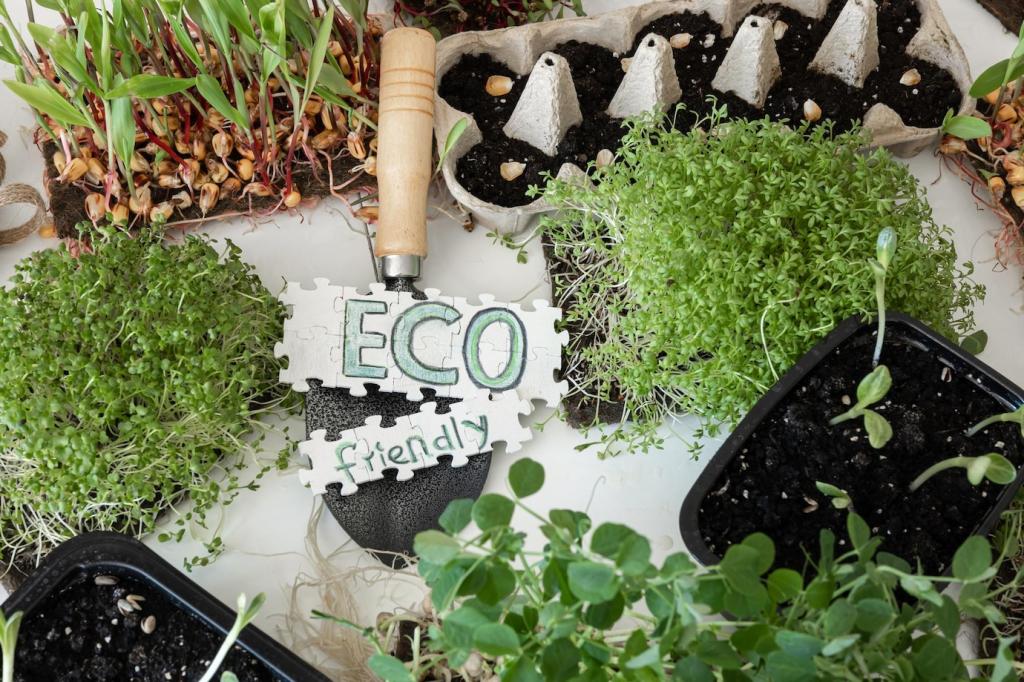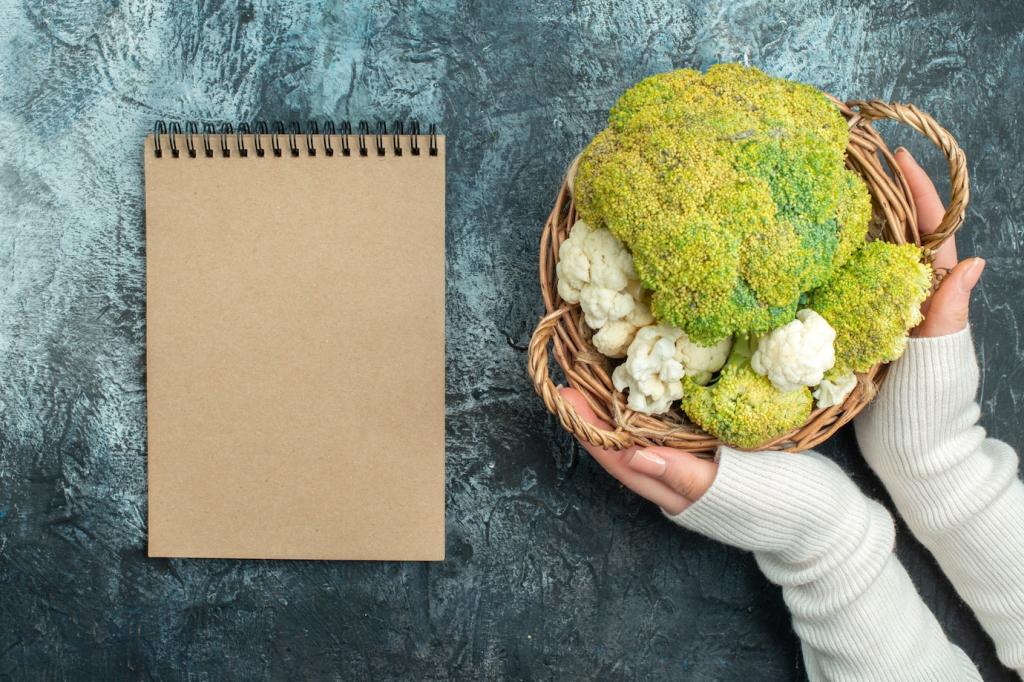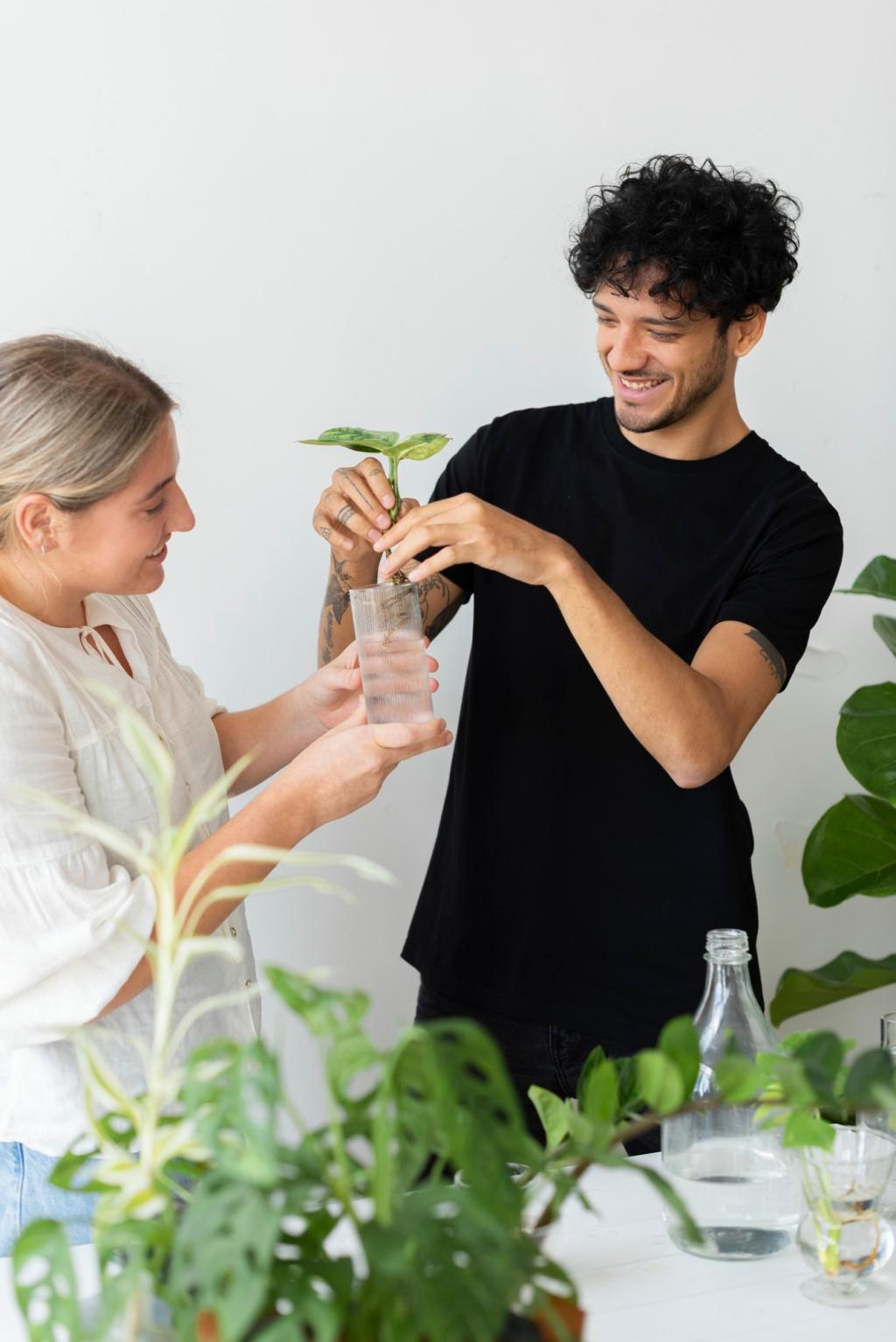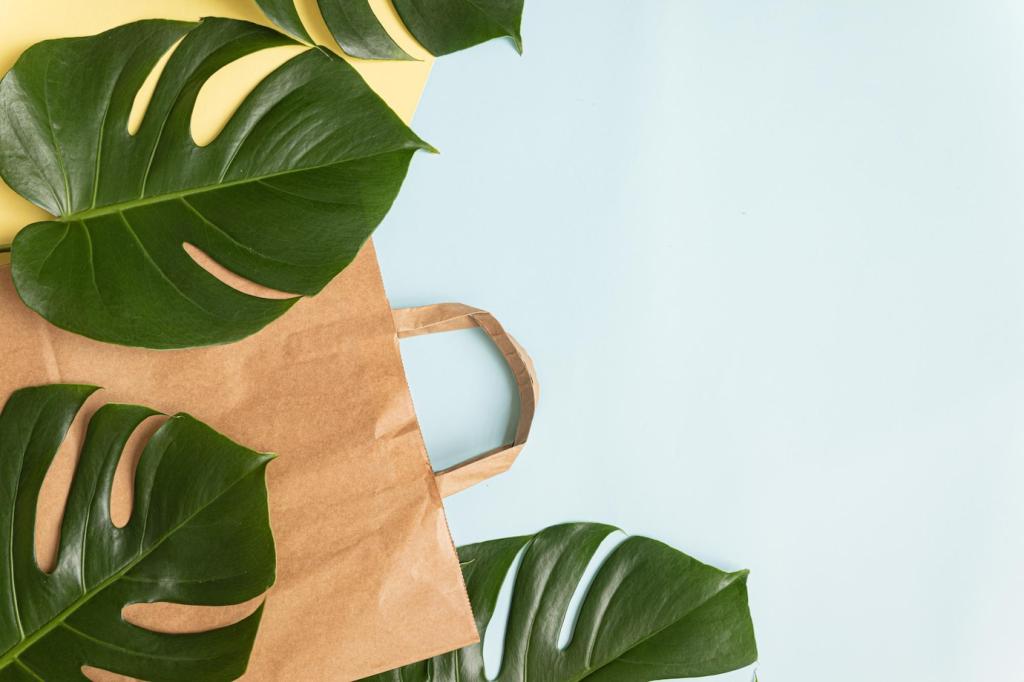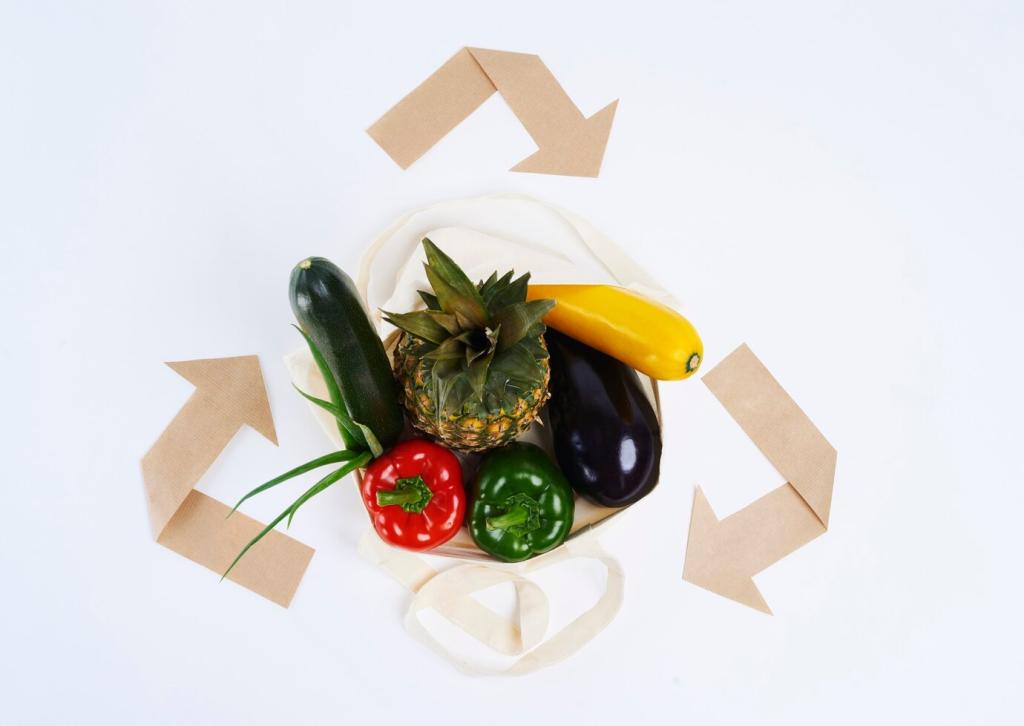End-of-Life Realities: Sorting, Composting, and Impact
Confusion kills good intentions. Use color-coded bins, clear photos, and plain language on package tear-strips. Celebrate correct sorting with small perks. Invite readers to comment with their city’s bin colors and we’ll assemble a quick-reference guide for everyone.
End-of-Life Realities: Sorting, Composting, and Impact
If materials are home-compostable, advise small pieces, balanced greens and browns, and weekly turning. Remind users that cold winters slow microbes. Ask subscribers to post breakdown timelines and temperature logs so we can crowd-validate manufacturer claims together.

